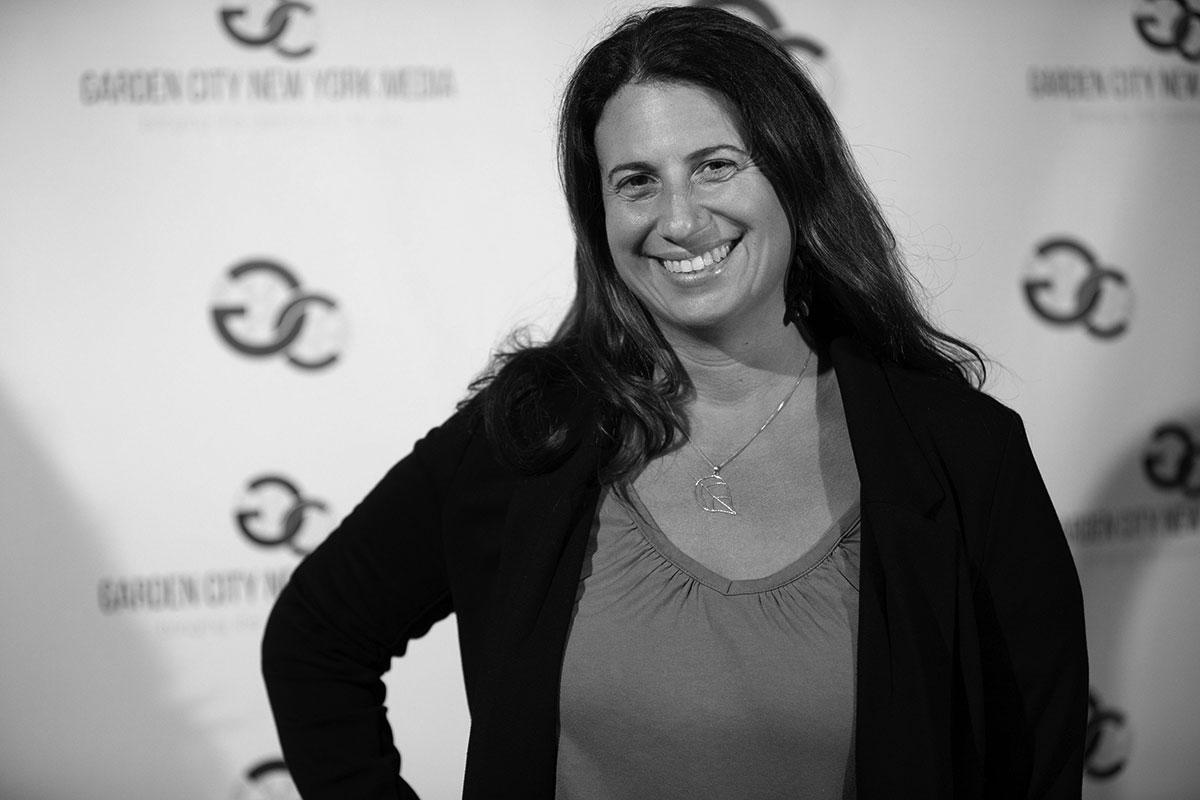When you least expect it, sometimes opportunities come knocking. Because of a blog post I wrote in 2018, I was asked to participate in this groundbreaking collaboration titled Amplify Learner Voice through Culturally Responsive and Sustaining Assessment, published by Mimi & Todd Press (Bloomberg, et al., 2022). When the blog was discovered, they wanted to include it in chapter two because they felt it fit well with the book’s core principles. I was surprised and excited to have an opportunity to jump back into my work in family engagement and leadership.
In March 2020, I lost my wonderful job at a local non-profit due to funding issues at the start of the Covid-19 pandemic. With all the downtime the quarantine allowed me, I took the initiative and started Dasher Communities LLC, so I could still consult with a few organizations. My favorite project was working with a nonprofit outside the Rochester area that was firmly committed to family leadership. I designed a curriculum and trained its staff to roll it out. The group asked me to facilitate the first parent cohort so that I could model what the facilitation would look like. It was one of my favorite projects. Although since then, I have continued with leadership development and studying leadership psychology to deepen my ability to consult and lead. However, it has been a few years since I worked directly with school districts.
When they reached out to me about the chapter I would co-author, the collaborators of this new publication thought my ideas were still relevant in 2023. Though my focus has shifted, it was with no thought to jump right back into everything I know about family leadership and engagement. So, as I get back into it, I wanted to share a few reflections that stirred in me while reading the final version of Amplify Learner Voice, Chapter two.
How Community Schools Meet Students Needs
The concept of community schools resonates with active family engagement. According to the National Education Association (NEA), community schools focus on the whole child (NEA, 2023). The website goes on to simplify into three main focuses; ensuring children have access to before and after care, creating learning opportunities for families and the community, and supporting children’s health and wellness (NEA, 2023).
We know that students thrive when all their needs are met. So, it is not only about how they perform academically but ensuring that they are safe, provided with comprehensive health services, and engaged with their peers and community in a multitude of ways
When working on Amplify Learner Voice, I thought a lot about what happened during the Covid-19 pandemic. Every single day I thought about children that got two meals a day at school or that gym and recess were the most physical activity they got in a day. Speaking with parents on Long Island, I know that after some time, many local schools with a higher percentage of families with needs partnered with local community organizations and successfully sent home meals similar to a box lunch style program. That made me feel better though I was still worried about those who went without or for the families juggling so many responsibilities at that time that they could not access what was being made available.
The Key Connection: Schools Build Real Relationships and Connections to Families
Reflecting on this time made me think more than usual about the importance of the school setting and how the relationships between school officials and families play in children’s daily lives. I cannot tell you whether community schools work because that would require more extensive research that exists but has not been my formal study. However, it is known that children need well-rounded care to succeed, and there are ways to create a supportive environment whether you are an official community school or not. On a fundamental level, teachers must have relationships with their student’s parents and families. “Beyond the Bakesale,” written by Karen Mapp, Anne Henderson et al., defines some core beliefs that are imperative to good family engagement. For one, it asks the reader to refrain from judgment or assumption and consider how all parents want the best for their children (A. Henderson, et al., 2007). The second looks at how families can support learning even if they cannot do it themselves; they can find resources to help (A. Henderson, et al., 2007). Next, families and schools need to be in partnership with one another because it can be assumed that both want the best for the child and will need to work together (A. Henderson, 2007). The fifth and final core belief is the one that challenges educators the most. It relies on the school to take the lead and be responsible for building the relationships that make the partnerships possible (A. Henderson, et al., 2007).
Higher Education Must Commit to Teaching the Importance of Family Engagement
My wish list would be that during higher education programs, teaching and administrative students started being taught these concepts and practices as something to be included and not elected. Then, we could start getting ahead of these issues by educating on best practices and following through with coaching and continuing solid education support. Helping build strong leadership styles and methods to see it through with each of our teachers and administrators is where I would like to lend my expertise. Either through workshops or coaching, I can assist any team that comes to the table with an openness to learn the best practices of culturally responsive family engagement.

Authentic Leadership is Culturally Responsive, and it is for Everyone
In studying the psychology of leadership, I have gravitated to the importance of using adaptive and transformative leadership styles. Being authentic is where you begin but learning how to respond and work with each individual or group you are trying to help succeed could be the key to success. Let’s throw out everything we think we know because we tend to focus on what did not work but not the reason why. How many of us have given a detailed evaluation of ourselves and our projects so that we can see success as we try to understand and go forward? Lead with your authentic self, and do not be afraid to work in partnerships to help you tear it all open and explore. This is where I hope to help by coaching and partnering with those that want to move forward into these practices that can answer questions related to our need for school reform. I know Amplify Learner Voice and the eight talented leading writers also discuss ways to do this in each of their chapters. I hope you will take a look and challenge yourself to break open with new practices.
References
A. Henderson, Karen L. Mapp, Vivian R. Johnson, and Don Davies (2007). Beyond the Bake Sale: The Essential Guide to Family-School Partnerships. New York, London: The New Press.
NEA. (2023). What are community schools? Retrieved from National Education Association (NEA): https://www.nea.org/student-success/great-public-schools/community-schools/what-are-they
Paul J. Bloomberg, Kara Vandas, Ingrid Twyman, Vivett Dukes, Rachel Carrillo Fairchild, Connie Hamilton, and Isaac Wells (2022). Amplify Learner Voice through Culturally Responsive and Sustaining Assessment. San Diego: Mimi and Todd Press.


